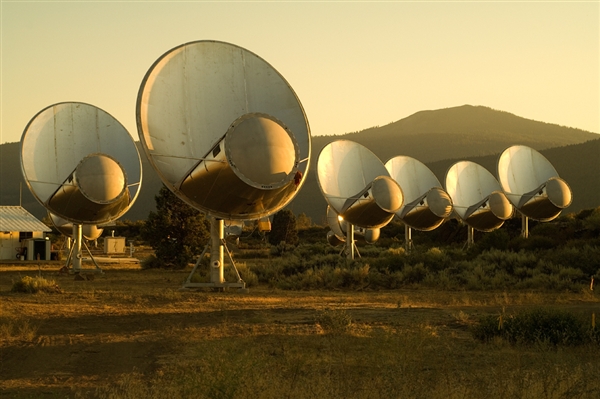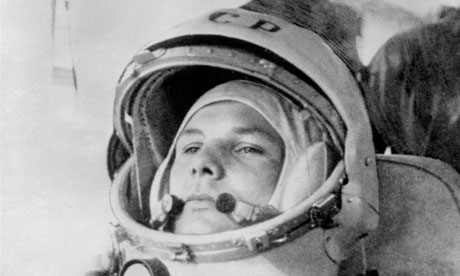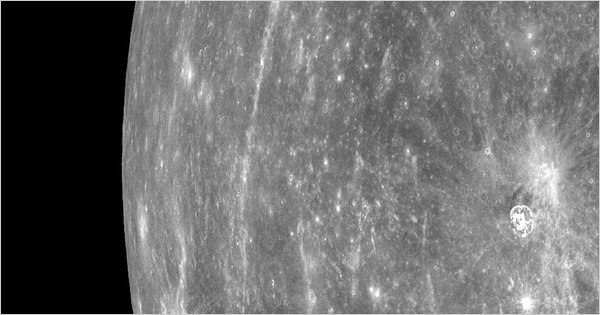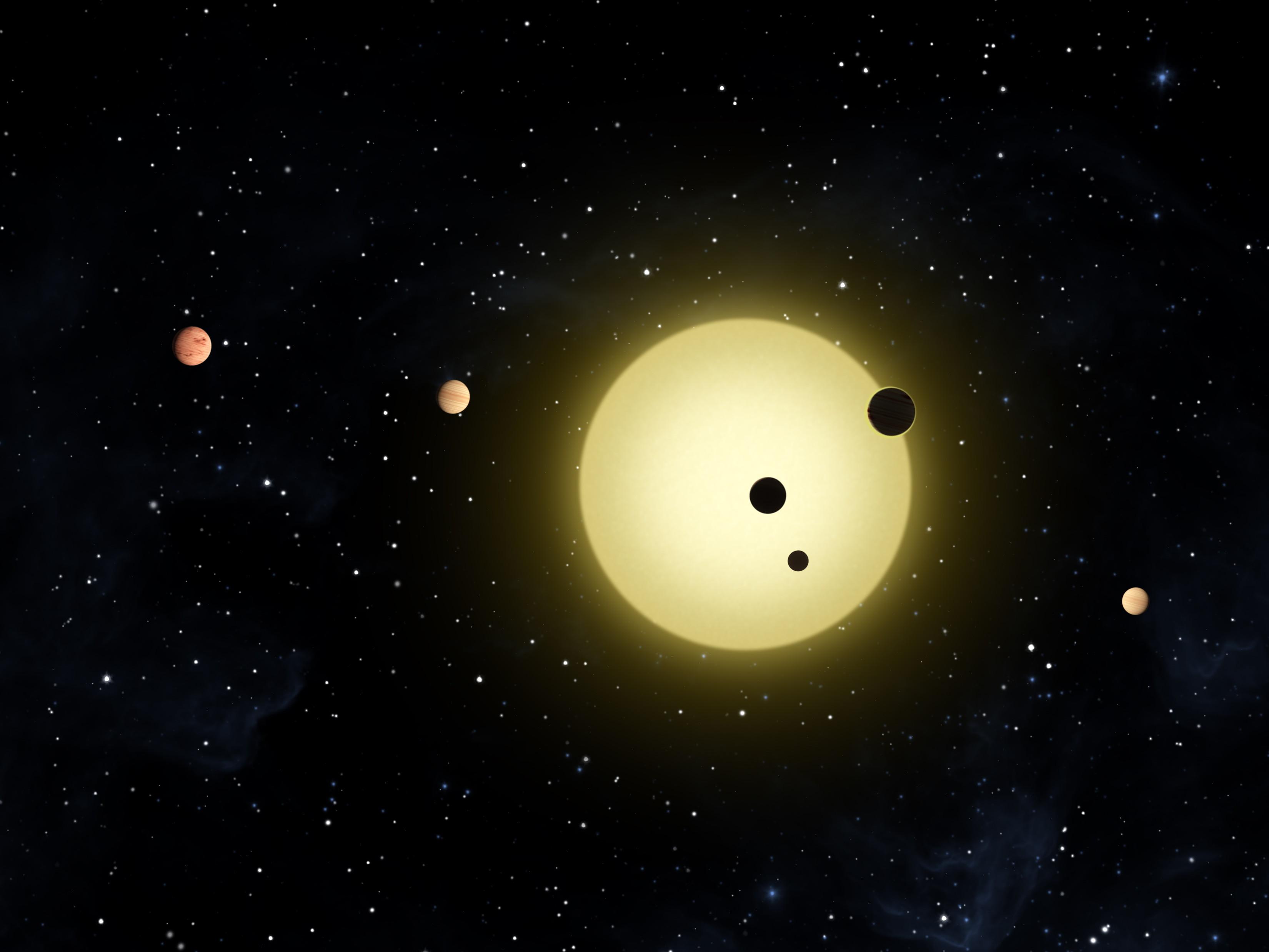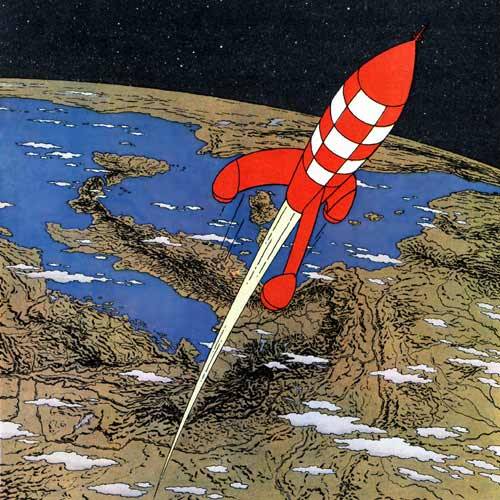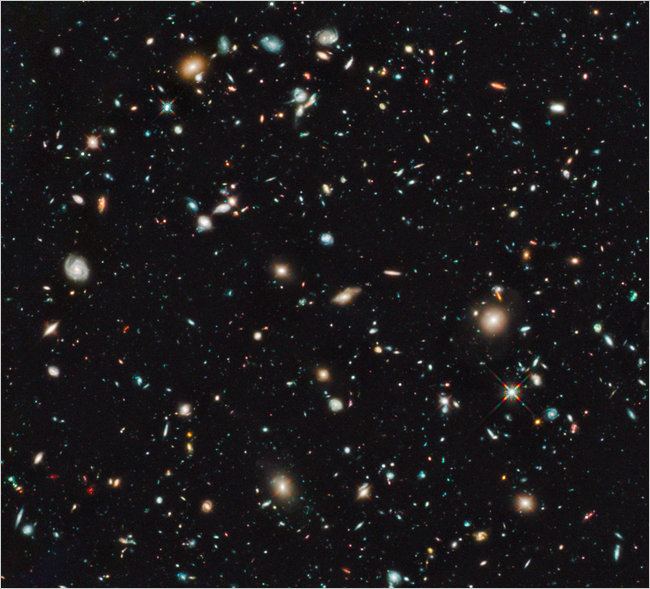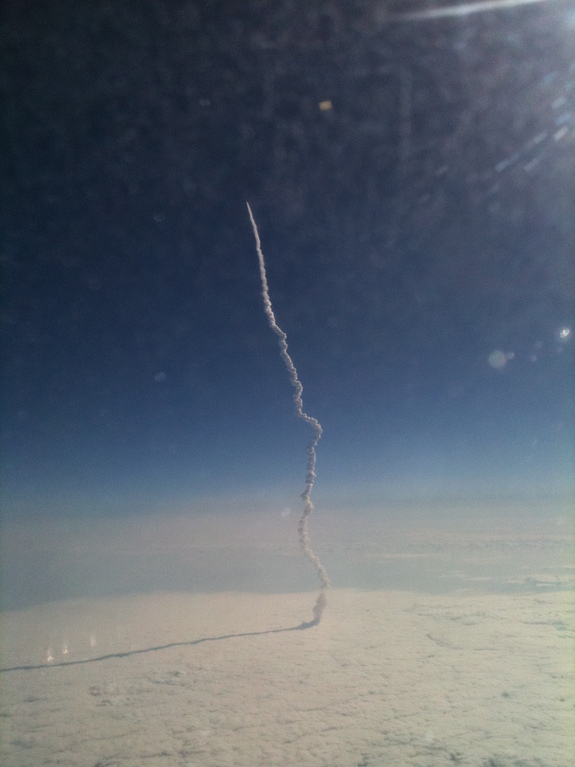
“‘My plane flew right past the shuttle!’ she posted on Twitter, along with the photos, under the name @Stefmara.” By way of a friend, and as also seen at Cryptonaut, a New Jersey woman captures the final flight of the Endeavor from her window seat.
Only one more launch left after this one: That final mission, STS-135, will return July 20th, thus ending — only for now, hopefully — manned space flight at NASA, exactly forty-two years after the moon landing. (Unless, of course, we somehow get our act together.)


